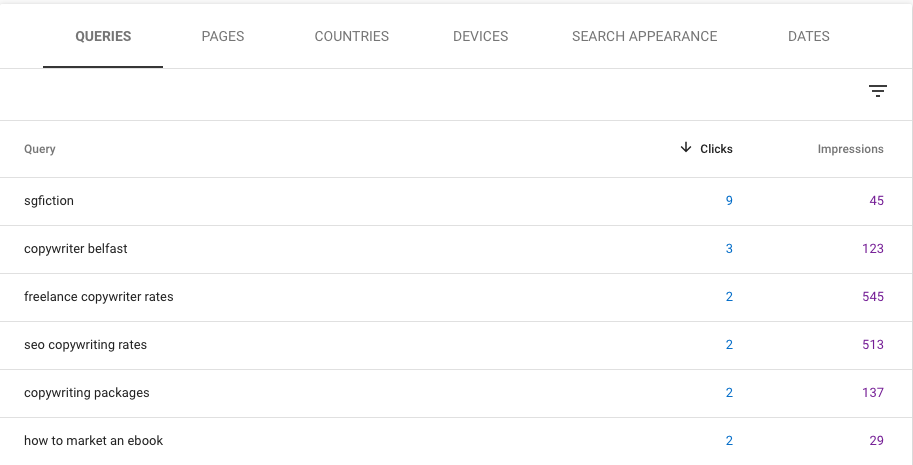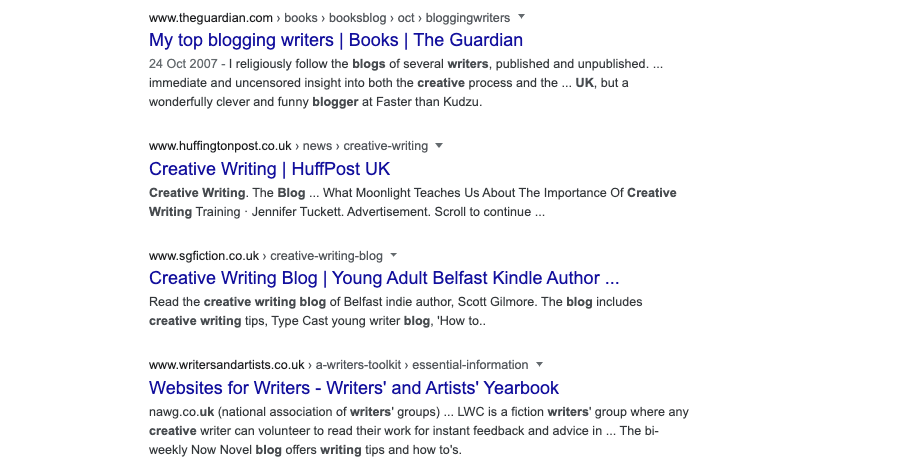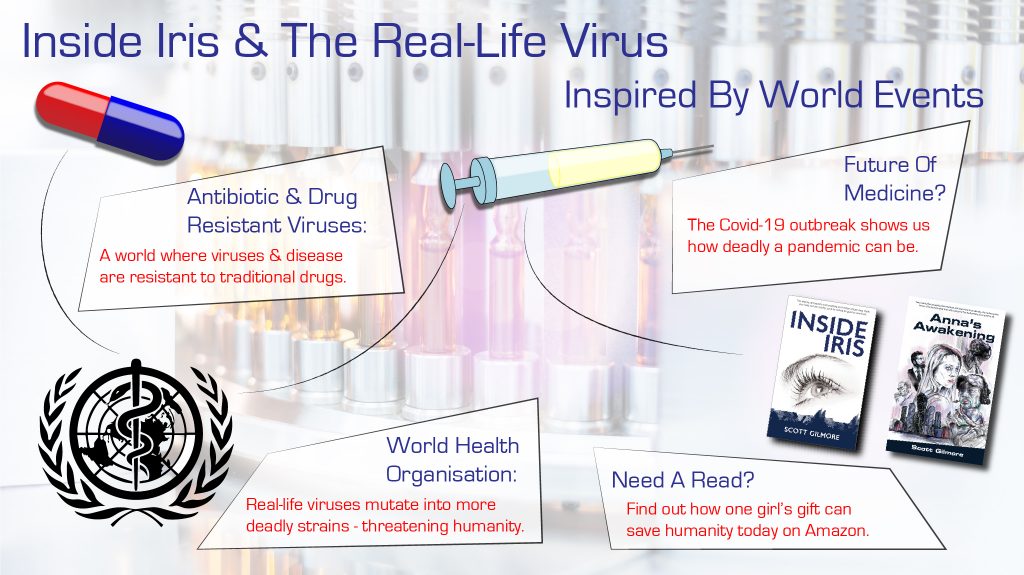A content plan is something that all bloggers and authors need in one way or another. Shooting in the dark gets you nowhere. Here are my tips for content planning.
In this Content Plan blog article, you will find information on these areas:
• What a content plan is so you can understand how to use one and streamline your online content creation,
• Why data is important, meaning you can look at the numbers and plan relevant content for your website visitors,
• Start with broad titles so you don’t get bogged down in details right away and you can be more productive,
• How to research competitors to see how they create content, meaning you can take their best bits and make your content better,
• How to use images so your content can stand out better to website visitors so they will stay longer on the site,
• Tips on social sharing can help you optimise when and where you share that content to get the largest impressions and clicks.
Read the rest of the Content Plan blog article to learn how to plan content and how you could benefit from one.
A content plan is an essential tool in the world of bloggers and authors. Whether you are an indie author, a self-published writer, or a general lifestyle blogger, you need a plan for the weeks and months ahead.
As a professional Search Engine Optimisation blogger and copywriter for clients in many areas, I know the importance of content planning. If you sit at your computer asking yourself, ‘What will I write today?, you’re approaching the area of blogging and content creating incorrectly.
I worked in education for over twelve years, and I have been used to planning and, when you work in such a high-pressure environment, you make sure your planning is to an exceptionally high level. When planning a main curricular subject area, I had to ensure all of my plans were in line with school development plans and all of my in class plans ran like clockwork.
Now that I have turned my attention to being an author and copywriter, I have been able to transfer my outstanding planning and organisational skills into my new career. This, friends, is the reason why I penned this creative writing blog.
In a world where authors are encouraged to blog regularly, and bloggers are employed by companies to promote their products and services, I want to share a few tips of my own. Within these tips, you will be able to use and apply some of the pointers I share into your content planning and creation.
Here are five tips to help you develop your skills as a blogger or your author blog. Add your thoughts in the comments below.
The Content Plan: What Is It?
One point I would start this article with is the fact that a content plan is simply that. It is a plan that guides us but is not meant to be rigid and controlling.
When I worked as a teacher and in educational management, I made many plans that helped to guide me through the academic year and, sometimes, into the years beyond. I knew that issues might crop up that could change or alter those plans, but at least they were there to follow when the problems were resolved.
This is the same with content creation and planning. If you layout a content plan for your social media, blog articles, or digital content creation, you know the areas you want to develop and where to fill the gaps. Therefore, when you are going about your day-to-day business and could need images, or a news story pops up that you could include as a link within a blog, your eyes are open to stimuli that were not there before.
By composing a content plan on an Excel document or within a notepad, you will be able to hone your content creation as a blogger and a fiction author. Follow these five tips to create your content plan, and you will be one step closer to developing jaw-dropping digital content.
Numbers Don’t Lie
Before the content plan takes place, it is vital to analyse the data and figures generated from your website or blog’s visitors. By doing so, you will be able to consider the areas where you make impressions on people, get clicks, and show up on search engines.
As someone who is somewhat obsessive about data and numbers, I like to analyse many of my analytics continuously. On my phone, I have access to the Google Analytics of my website at all times, and I find myself delving into the information gathered multiple times a day.

This is a snapshot of the current website impressions for SG Fiction. Here, you can see how my strategic use of data has helped inform my content plan, which then reports how the website ranks with SEO.
This means I can see data linked to areas such as:
- How many visitors/sessions I have a day,
- Which pages are popular on my website,
- Which blog articles are read most often, and
- The search queries that my site ranks for on Google.
All of this information is relevant to creating content and making a content plan for your blog or website. By ensuring you analyse your data accurately, you will be able to compose more content that will be just as popular, if not more so.

Above are some of the search terms that my website ranks for. I was able to include some of these into my content plan and, if you search my blog, you will see articles that include these key terms in their titles.
Whether you work in education, the medical profession or digital marketing, data is king, and it can help all businesses shape their content plan for the future. Both authors and companies can benefit from a well-planned strategy to create content for their website or blog.
Do you use data to inform your content creation? If so, what do you look for, and how do you use it? Comment below.
Start With Broad Strokes
When I create a content plan, I generate a basic title for the blog or infographic I hope to create. As I said before, these titles can change, but I like to generate between twelve and twenty possible titles at any one time.
There are several reasons for this, but the main reasons are:
- I can see where I have been, and the topics that have already been covered,
- I can plot out the areas I plan to cover strategically,
- I can use Google Analytics and Google Search Console data to find terms that people search for, and,
- I can plan content around the basic ‘Rule of Thirds’ for content planning – Informative content, personal content & promotional content.
As an example, if I see my SG Fiction website showing up in searches for the long-tail keyword, ‘science fiction author’, I will plan to create content around that topic that is either:
- Informative,
- Personal, or
- Promotional.
By utilising the data collected, I can then create a basic, broad stroke title for a topic. An example would be, ‘Science Fiction Author: Scott Gilmore & The IRIS Trilogy’. This would make sure I was planning and creating content that was both relevant and searched for on Google. The broad stroke titles allow me to visualise the SG Fiction and SG Copywriting for the months ahead.
How do you start your content plan? Comment below.
Look For Nuggets
When looking to write articles for a blog or develop visual content, it is essential to look at how your competitors do it. There is no shame in admitting that others may do things better than you. I feel it is the best way to learn both what works well and what may not work best.
As we look to shape and generate our content plan, it is vital to get inspired by the other authors, bloggers, and businesses out there. By doing that, we can gather up nuggets of gold that we can meld into our excellent content.
In the last while, I saw a serious jump in how my website ranks for a host of keywords. One of these key terms is ‘Creative Writing Blog’. It was a target of mine to ensure that I ranked highly for that term, and others like it, as it would help drive a lot of traffic to the website. This traffic would then stand a higher chance of learning about me as a fiction author, purchasing my fiction books, and then finding out about my search engine optimisation copywriting services (SEO) that could help them also rank higher on Google.
By writing up to four blogs a week, I was able to fast-track my website’s rise and much of this was because of my strategic content plan and researching other great creative writing blog content out there. As I put my analytical skills to use, I could compile my excellent SEO blogs and website copy to make sure I met the target I’d set – to be on the first page of Google.

Obviously, search engine results fluctuate. However, here I am on page one of Google for the term. This was helped by researching the content of other awesome creative writing blogs out there and compiling my own content plan.
If you plan to create excellent content for the internet, researching those who may do it better than you can give you a helping hand. Evaluate what they do well and gather those nuggets for your content plan.
How have you researched other content creators out there? What were the best lessons you learned? Comment below.
A Picture Paints…
The old saying that a picture paints a thousand words is often overused but, in content plan terms, it is still very accurate. However, as we move into s streaming world, the use of infographics, video and even animation can help catch people’s attention.
After we have utilised the data, gather a series of titles and researched the competition, we can now start to piece our content together. By putting the building blocks together in a particular format, we can create pieces of content that will help inform others, promote our business and drive traffic to our websites
When it comes to images and video, there is no substitute for taking and compiling our library of stock images or footage to use. However, if this is beyond your means or your budget, you can use creative commons images on websites such as:
Unfortunately, some of these images will have already been used multiple times across the internet, meaning your work won’t look as original as others. On the other hand, you could look out and open your creative mind to gathering a multitude of images and video that is within your reach.
The reason I sketch out essential titles at the start is so I am aware of images or videos I could compile over the weeks or months. By gathering this content, I will then be able to use other programmes to mould them into the visuals I need to illustrate the content I create.
Some of the programmes I use are:
- Adobe Photoshop,
- Adobe Illustrator,
- Adobe InDesign,
- Final Cut Pro X,
- Logic Pro X, and
- Affinity Photo.
All of these products are premium but also come with mobile versions, for example the Adobe Creative Cloud Apps. With this suite of editing programmes, I know I will be able to plan, develop and create top content for the SG Fiction website and my SG Copywriting clients.
Do you plan which images you use within your content plan? If so, which programmes do you use to put them together? Comment below.

Click on the image to see the fiction books I have released so far. Both Inside Iris and Anna’s Awakening are available for purchase on Kindle and paperback from Amazon.
Share It With The World
When you have gathered everything you need into your content plan, you must share your wonderful creations with the world out there. There is no point in creating excellent blog articles and then not utilising every possible channel you have at your disposal.
As I finalise my content plan, I cross-reference it with my social media planner. There I can consider every social media platform I use and how to share the content across them all. Each social network is different, but I try to ensure I stick to the following guidelines:
- Write short posts,
- Maximise images and overlay an amount of text,
- Research and compile hashtags, and
- Post twice a day.
The final point is one that I picked up in a social media marketing book I read when studying to change career from teaching. This guide suggested analysing where your website visitors come from. Once I did this, I saw that over 45% of my visitors came from the US, while 40% came from the UK and Ireland.
The author of the book wrote that businesses with so many international visitors to their website should post relevant content, like blogs, twice a day (three times if many visitors came from Asia). This would mean that the content you put your heart and soul into is optimised to be viewed by those fans, followers, or website visitors at a time which suits them.
Again within my multiple Excel content plan and social media spreadsheets, I have separate posts for each key piece of content along with ideal times to post across various time zones. By inputting all of the data onto an Excel document, I know it is there to copy and paste into the social media platform I use to share it with the world.
How do you share your content with the world? Which is your favourite media? Comment below.
The Content Plan: The Takeaway
The content plan is a vital tool in the arsenal of any blogger or author out there. There is no doubt that it can help shape and mould everything you do across all of your website and social media.
I can speak from first-hand experience that being clinical with the content plan phase can help grow your digital content output to be something others will want to read, share and refer others to.
My advice to you, friend, is to put a lot of time into the blog articles, images, videos, and graphics you put out there into the world. They are your calling-cards and strangers will know you by those breadcrumbs you scatter across the internet.
If you would like me to work alongside you to develop and create some content, feel free to email me on scott@sgfiction.co.uk. I can work remotely from home over Skype or Zoom and help you to shape your digital world.
Help support an indie author by purchasing my two novels, Inside Iris and Anna’s Awakning.


